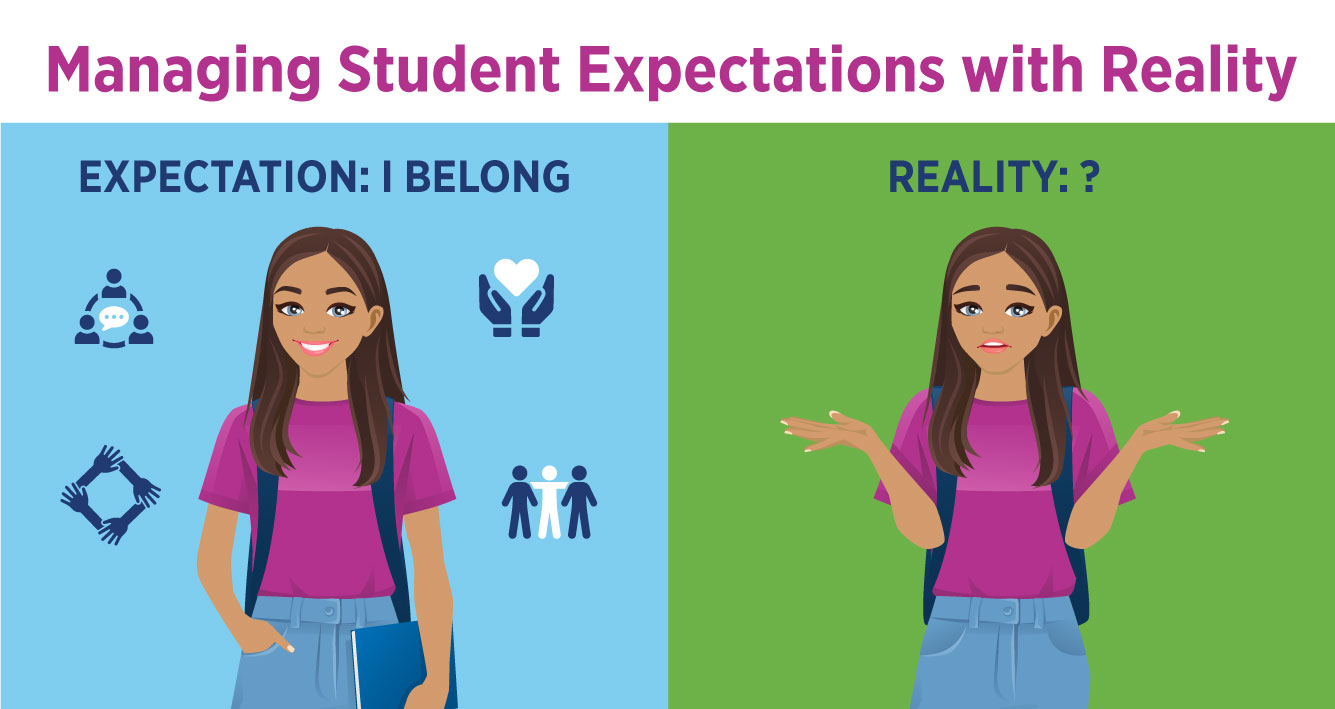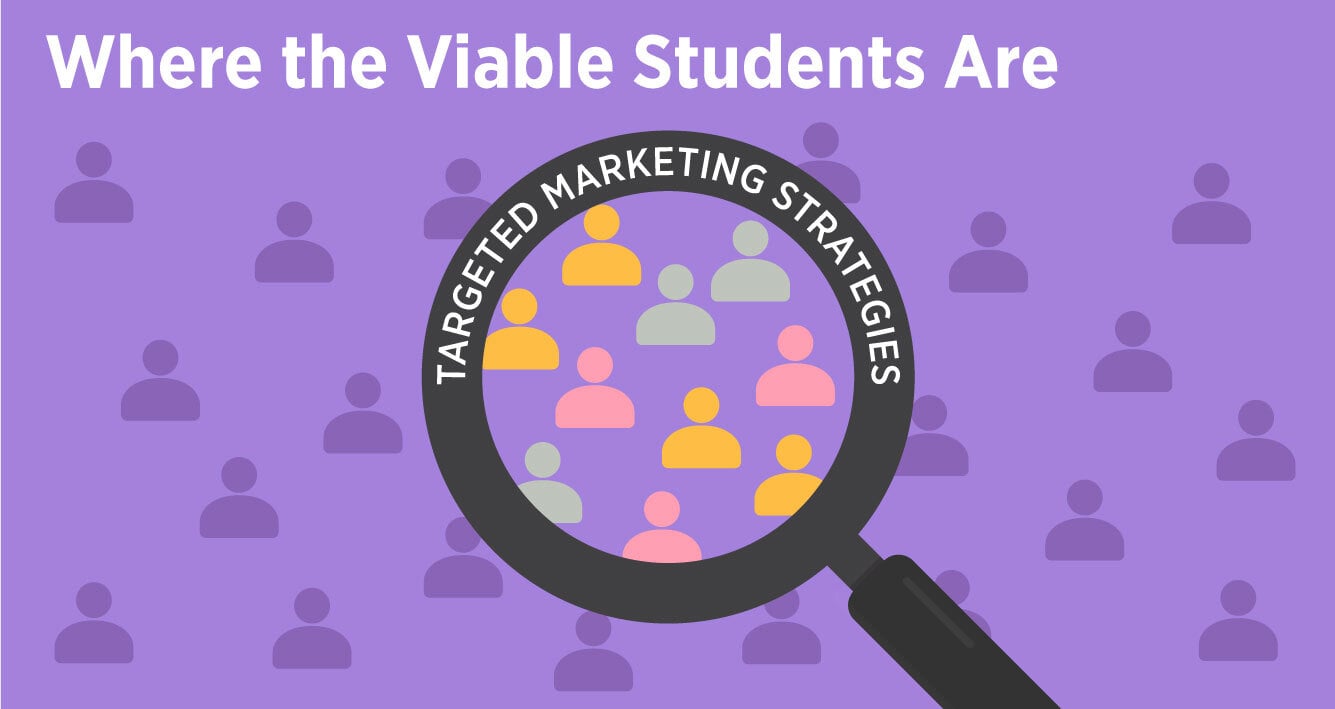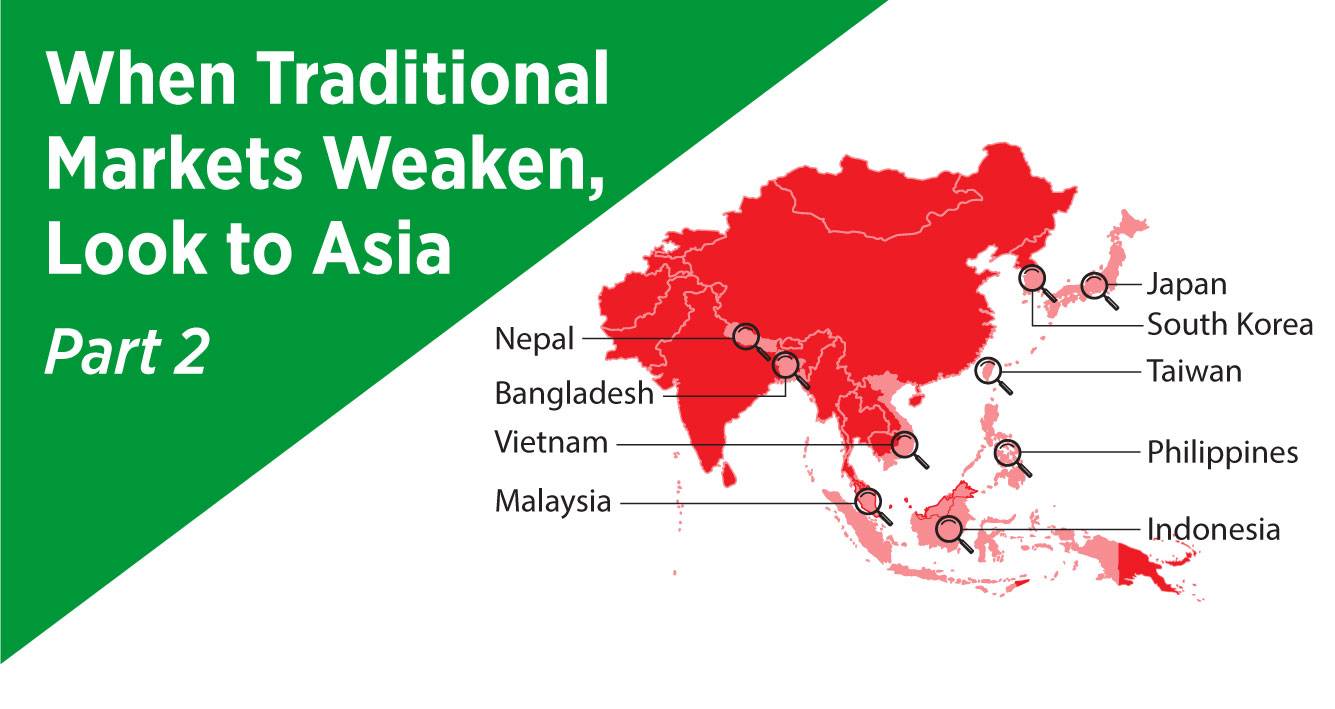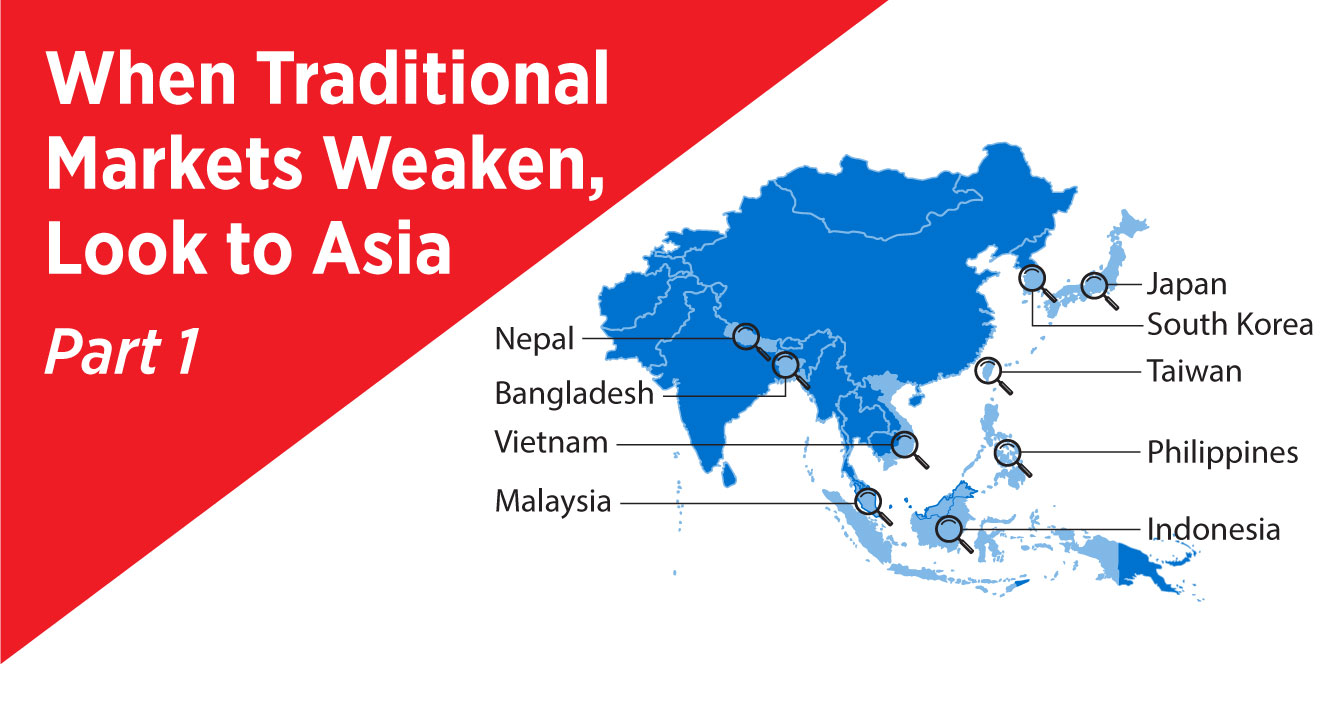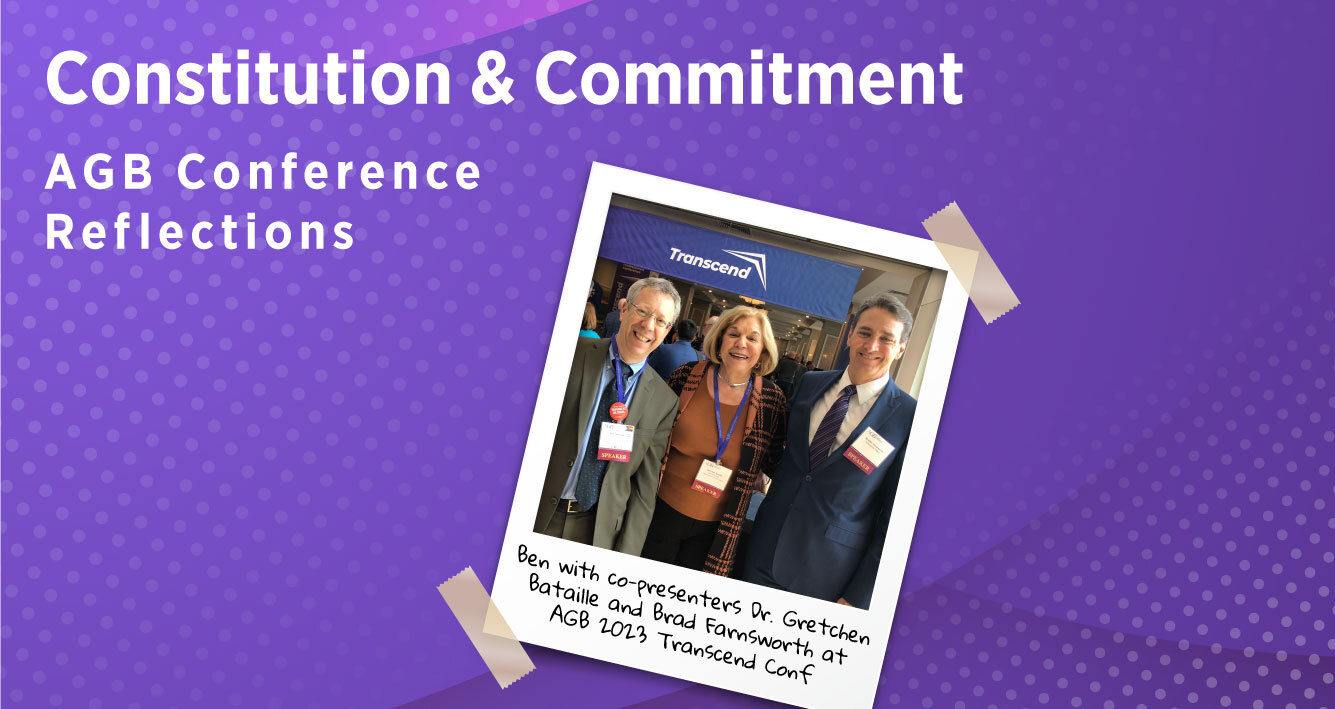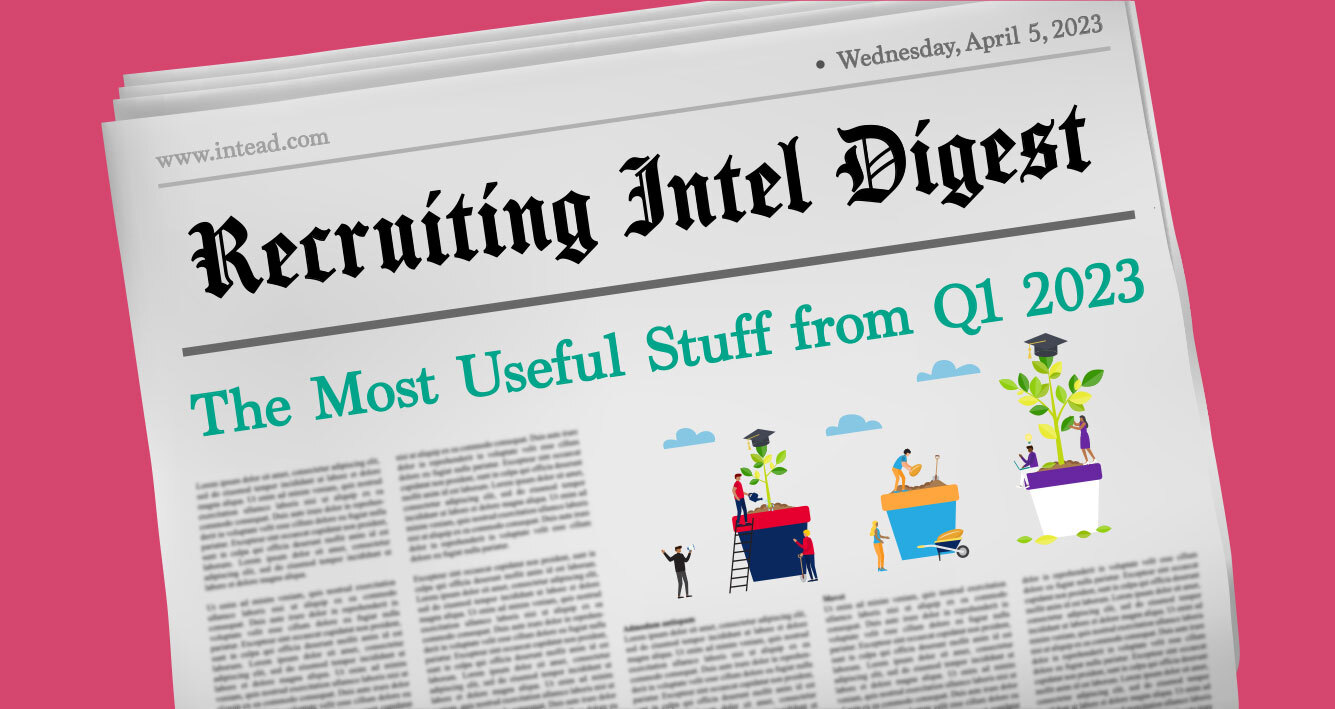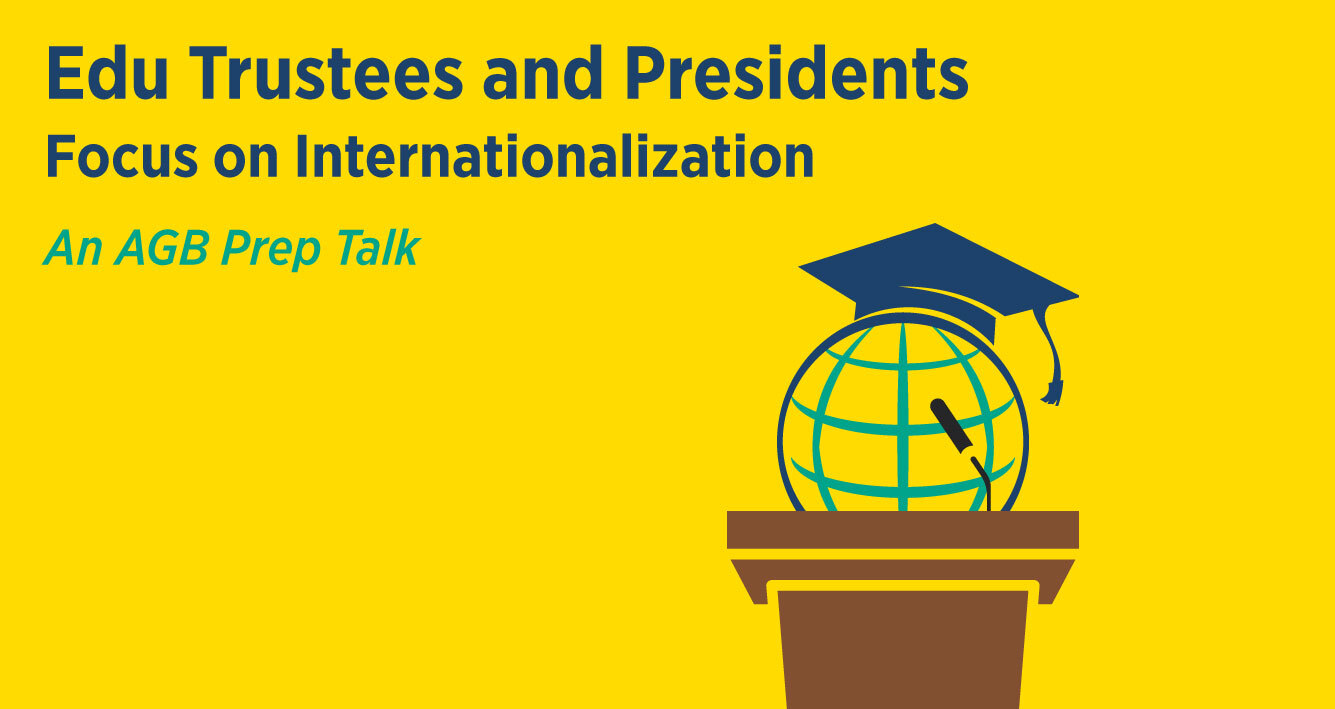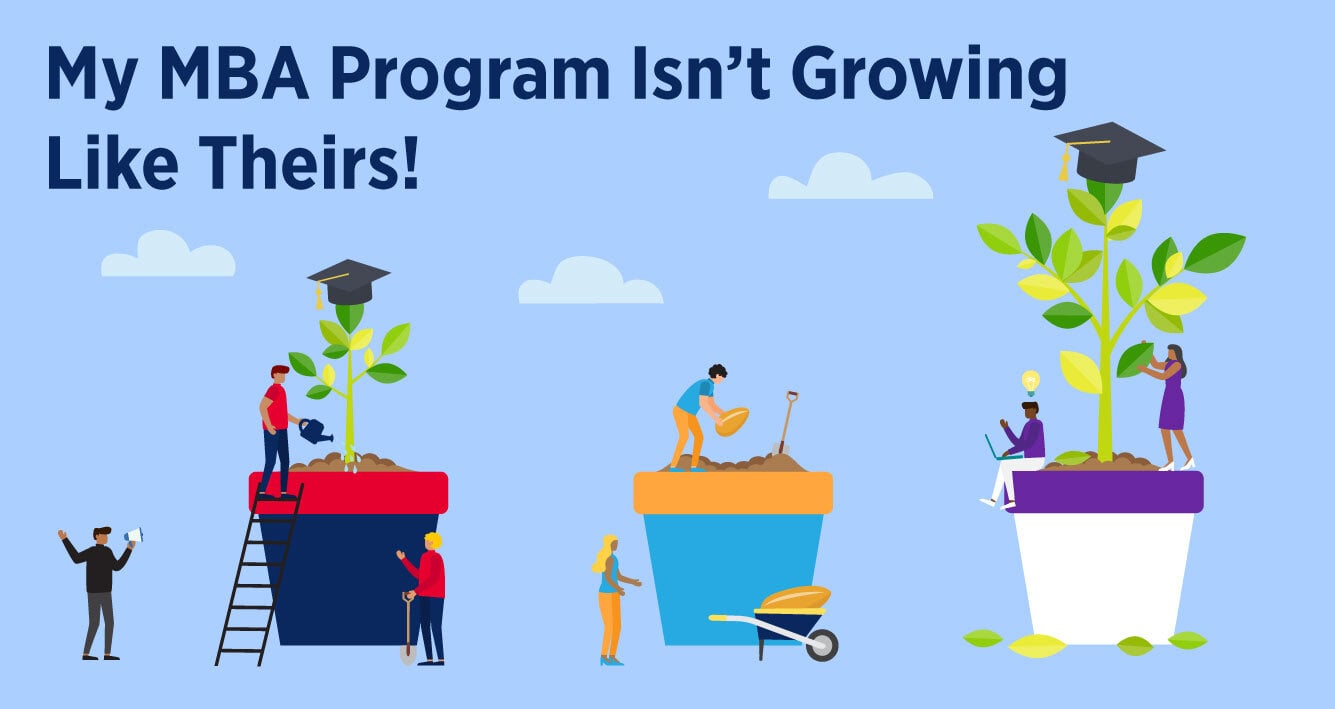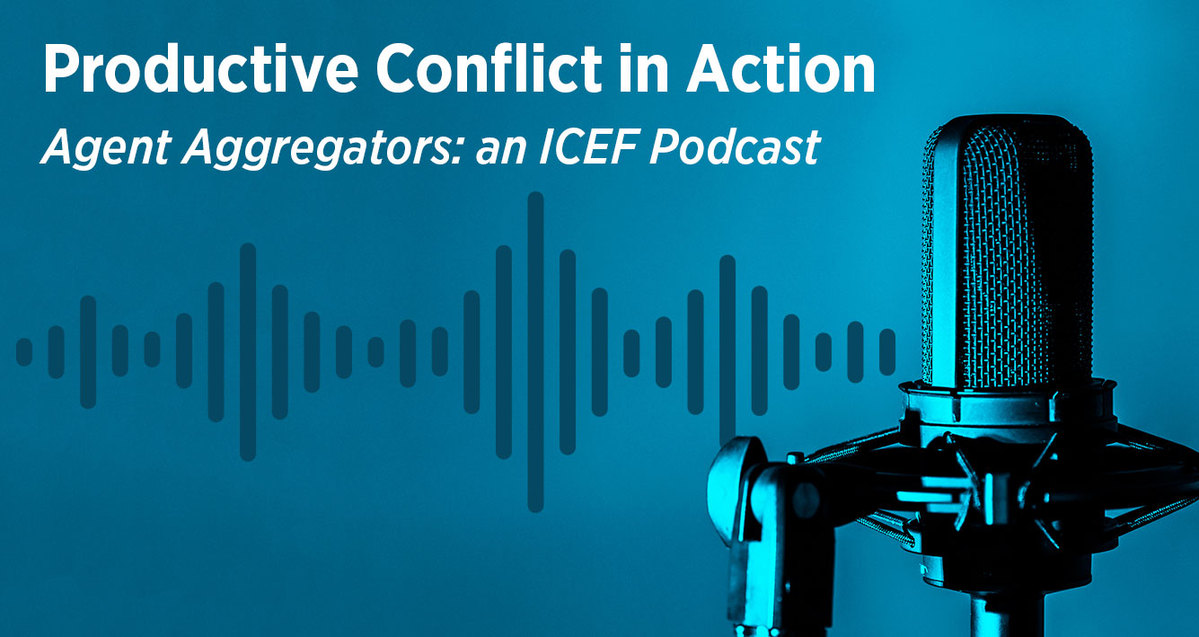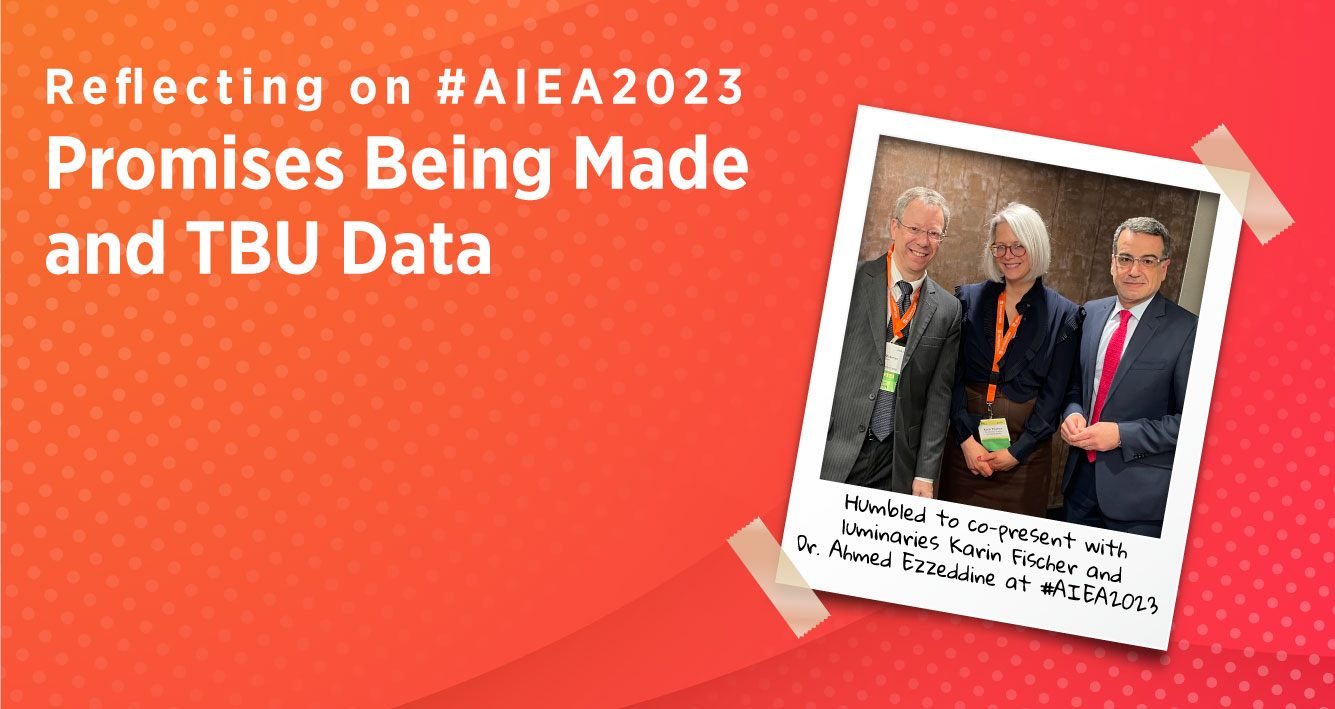Let’s talk about the gaps between your international students’ expectations of studying in the U.S. and their actual experience. You know, the sort of expectations on which retention is built.
Sure, some of the ideas international students have of what it’s like to study in the U.S. are based on factors beyond your control. But a lot of their anticipation is based on promises – literal and otherwise – made by your institution. It’s now up to you to deliver.
We Are Here at NAFSA 2023: Our presentation with SIO Paulo Zagalo-Melo (Western Michigan University) and Reporter Karin Fischer (Chronicle of Higher Ed) is at 9:30am today (Wed. May 31). A reality check with the data that informs our student recruitment decisions. Hope you'll join us. Be in touch to meet with us during the conference. We'd love to share a cup of coffee and talk all things student: info@intead.com.
To help you deliver on student expectations, we’ve gathered a few key tips worth evaluating and potentially implementing when recruiting and supporting the international students interested in your campus. Hint: it’s all about meeting international students where they’re at. For more perspective on the importance of maintaining a student-first approach see our recent post.
In the meantime, read on for 5 quick ideas on how your institution can narrow the gap between expectations and the reality your international students experience. Recommendation number 5 is likely the most important if you’ve not already done it.
Read More
